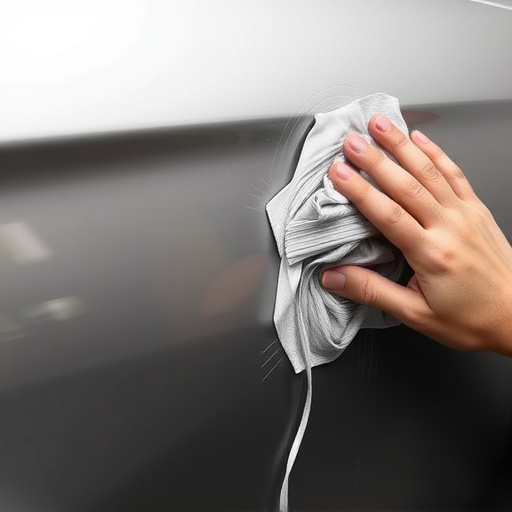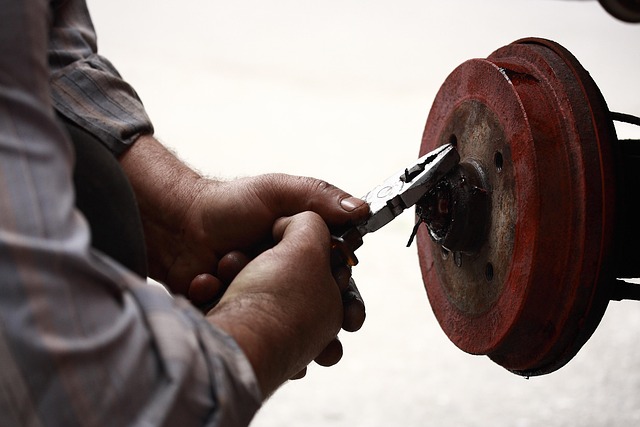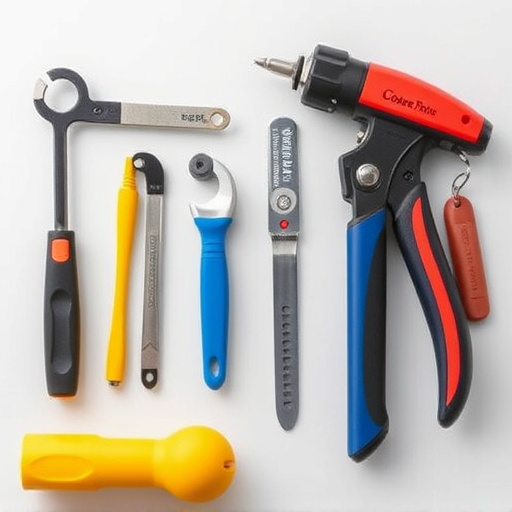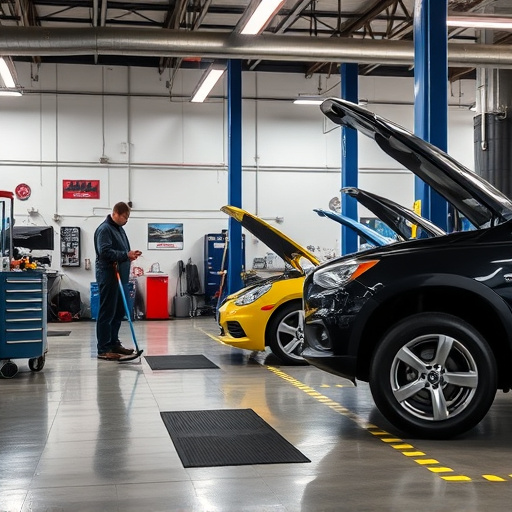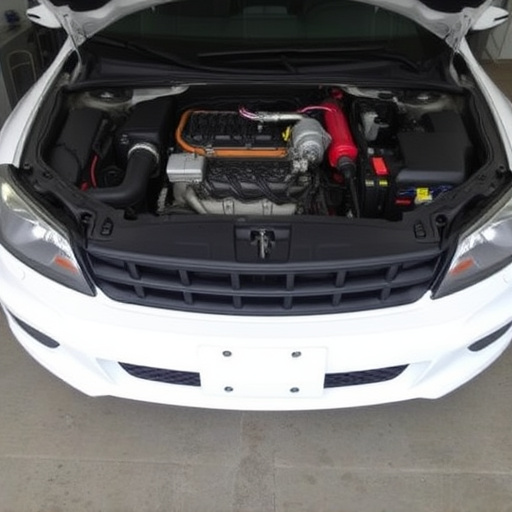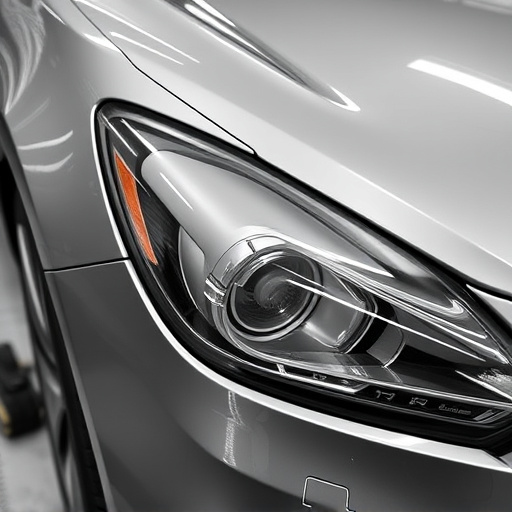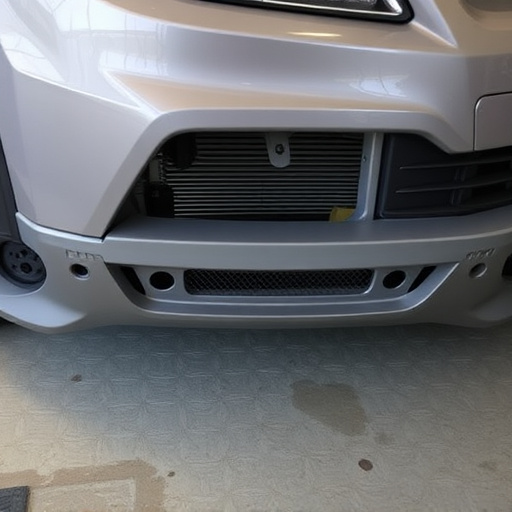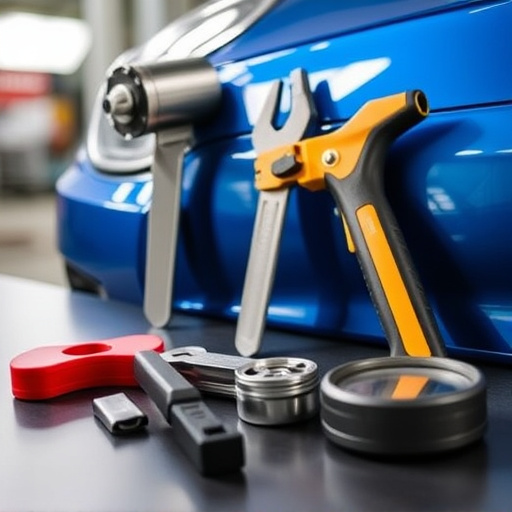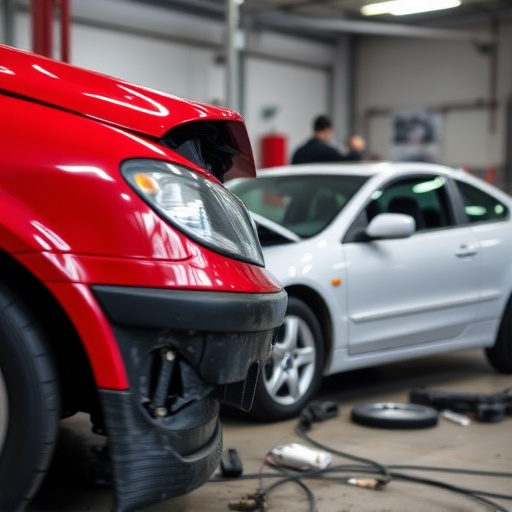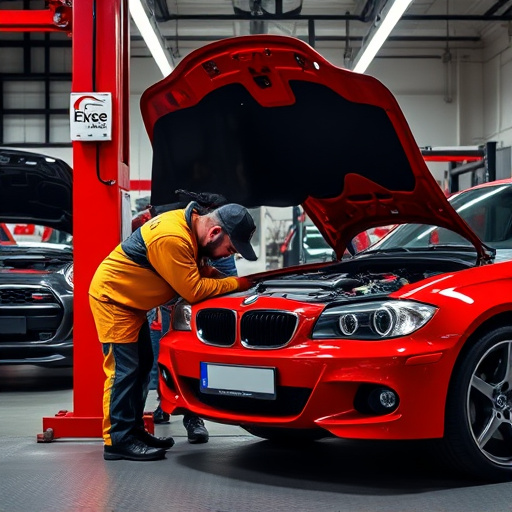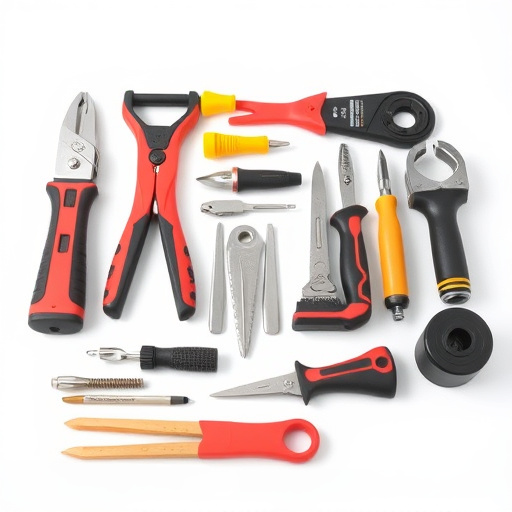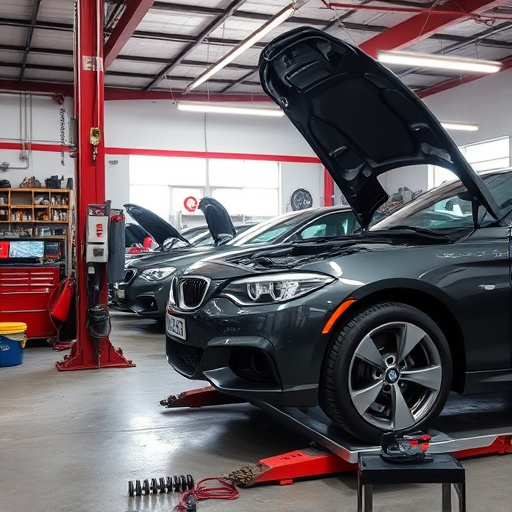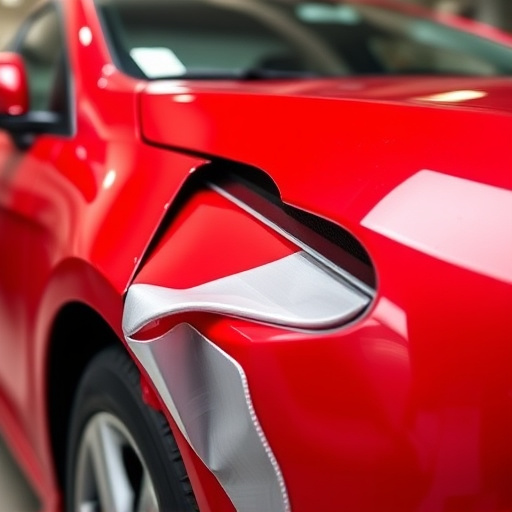After a car accident, suspension repair after accident is paramount for both safety and vehicle value retention. Damage can include bent parts, worn shocks, or misaligned wheels, requiring expert assessment using visual inspections and diagnostic tools. Specialised auto body shops replace or expertly repair components like shock absorbers, struts, control arms, ball joints, and springs. Structural integrity and aesthetic appeal are restored through meticulous repairs and finishing. Quick action, including consulting a professional mechanic and regular maintenance, prevents further damage and ensures reliable vehicle performance.
In the aftermath of a car accident, understanding suspension repair becomes crucial. This comprehensive guide delves into the intricacies of suspension systems and common accident-related damages. We outline step-by-step processes for effective repairs, offering practical tips for post-accident care and maintenance to ensure optimal vehicle safety and performance. Learn how to navigate the process efficiently, prioritizing your well-being and vehicle’s longevity with expert advice on suspension repair after accidents.
- Understanding Suspension Systems and Common Accident-Related Damage
- Steps Involved in Suspension Repair After a Car Accident
- Tips for Effective Post-Accident Care and Maintenance
Understanding Suspension Systems and Common Accident-Related Damage
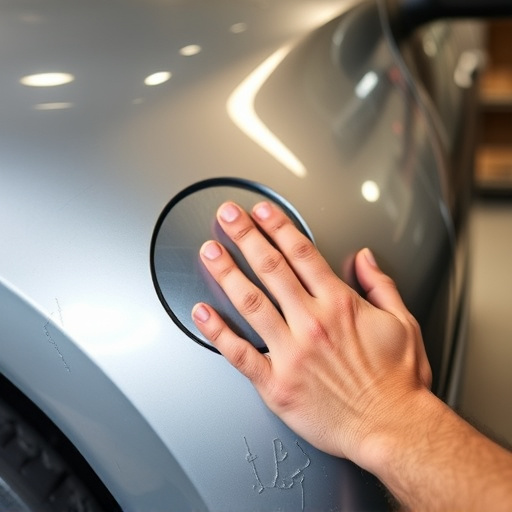
Suspension systems are a critical component of any vehicle, responsible for ensuring a smooth ride and maintaining control while driving. These intricate networks of springs, shocks, struts, and control arms absorb impacts from bumps in the road and help keep your car stable during turns. Understanding how these systems work is crucial when it comes to suspension repair after accidents.
In many cases, car accidents can cause significant damage to the suspension, often leading to issues like bent or broken parts, worn-out shocks, or misaligned wheels. Common accident-related suspension damage may include fender dents and dings that affect wheel alignment, cracked or collapsed springs, and damaged control arms. Auto body restoration after an accident involves not just fixing external components like a fender repair, but also ensuring the safety and stability of your vehicle by addressing internal suspension issues. An automotive body shop equipped to handle these repairs will have the tools and expertise needed to assess and fix any damage, ultimately getting you back on the road safely.
Steps Involved in Suspension Repair After a Car Accident
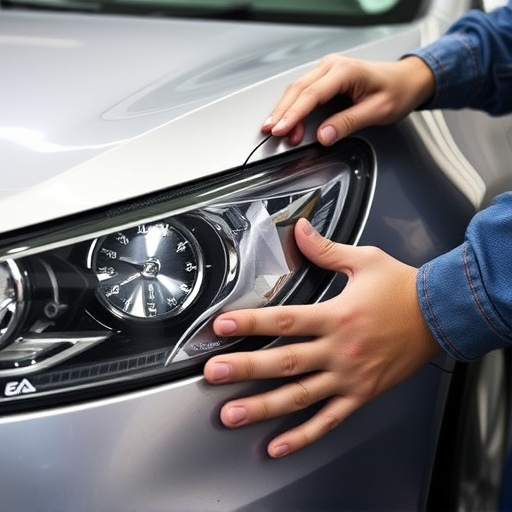
After a car accident, suspension repair is a critical step in ensuring your vehicle’s safety and handling capabilities are restored. The process involves several key steps designed to accurately assess and effectively fix any damage.
First, perform a thorough inspection of the entire suspension system, paying close attention to shock absorbers, struts, control arms, ball joints, and springs. This includes visually examining for signs of impact or deformation as well as running diagnostic tests using specialized equipment. Once damaged components are identified, they’re either replaced or meticulously repaired, often requiring precision welding and advanced techniques specific to the vehicle’s make and model. Following auto body restoration practices, any affected panels will be straightened, painted, and refinished to match the vehicle’s original finish, ensuring both aesthetic appeal and structural integrity.
Tips for Effective Post-Accident Care and Maintenance
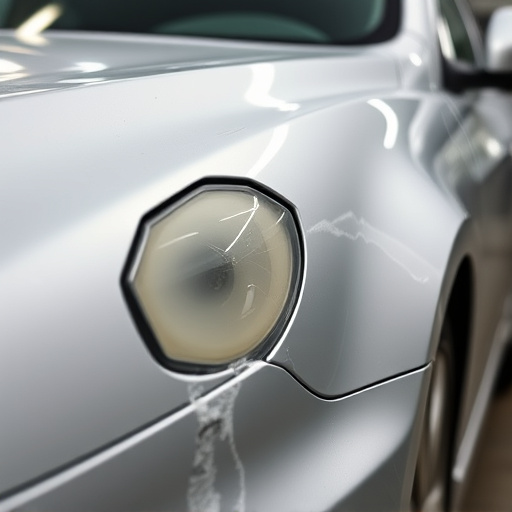
After a car accident, proper post-accident care and maintenance are crucial for ensuring your safety and preserving your vehicle’s value. The first step is to assess any damage, focusing particularly on the suspension system. Visual inspections can help identify obvious issues like bent or broken parts, but it’s recommended to consult with a professional mechanic for accurate diagnostics. Early intervention in suspension repair after an accident can prevent further damage and costly repairs down the line.
Regular maintenance becomes even more critical following an accident. This includes keeping up with routine services like oil changes and tire rotations, as well as inspecting and addressing any issues related to fender repair or vehicle paint repair if visible damage is present. Auto detailing can also play a role in restoring your car’s pre-accident condition, enhancing its aesthetics and potentially increasing its resale value. Remember, prompt action and meticulous care contribute to effective suspension repair after an accident and ensure your vehicle remains reliable and safe on the road.
After a car accident, proper suspension repair is crucial for ensuring your vehicle’s safety and performance. By understanding common accident-related damage and following the steps outlined in this guide, you can effectively navigate the suspension repair process. Remember, timely post-accident care and regular maintenance are key to preventing future issues. With these tips, you’ll be well on your way to restoring your vehicle’s stability and ride quality. When it comes to suspension repair after an accident, knowing the process and taking proactive steps is half the battle won.
